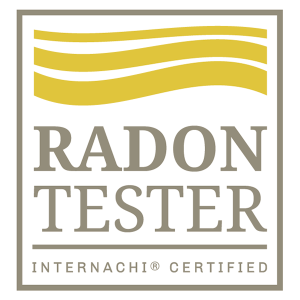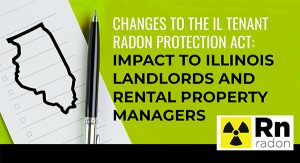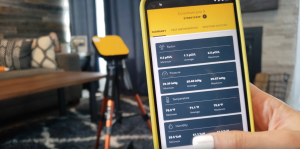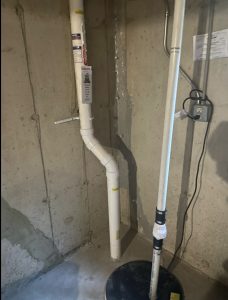
To mitigate the risk of radon exposure, many homeowners turn to mitigation systems. But do these systems actually work? The answer is yes, radon mitigation systems can effectively reduce the levels of radon gas in a building. We understand that the process of radon mitigation can seem overwhelming and confusing. However, our team is here to help and make things as simple and straightforward as possible for you. If you have any questions or concerns, please don’t hesitate to reach out to us. Our goal is to provide you with all the information you need to make informed decisions about your radon mitigation system.
Active radon mitigation systems use a fan to continuously pull air from the soil and vent it outdoors through a PVC pipe that extends above the roof, away from the windows and openings. This way, radon gas bypasses the indoor of the house and does not pose danger to your health.
Another type of radon mitigation system is a block wall depressurization system, which is used in buildings with concrete block foundations. This system creates a negative pressure within the block walls, which draws radon gas out of the soil and into the venting system. In addition to sub-slab and block wall depressurization systems, other types of radon mitigation systems include sump pump covers, floor drains.
It’s important to note that while radon mitigation systems can effectively reduce the levels of radon gas in a building, they do require regular maintenance and monitoring to ensure that they continue to work effectively. It’s also important to have a professional radon mitigation contractor install the system, as improper installation can actually make the radon problem worse.
In conclusion, radon mitigation systems can effectively reduce the levels of radon gas in a building, and are an important step in protecting the health of the building’s inhabitants. However, it’s important to choose a professional contractor and maintain the system regularly to ensure its continued effectiveness. Environmental Protection agency (EPA) recommends testing for radon gas every 2 years if mitigation system is installed to ensure it is functioning properly, and every 5 years in a home that does not have one yet to monitor for any increase in radon gas levels.
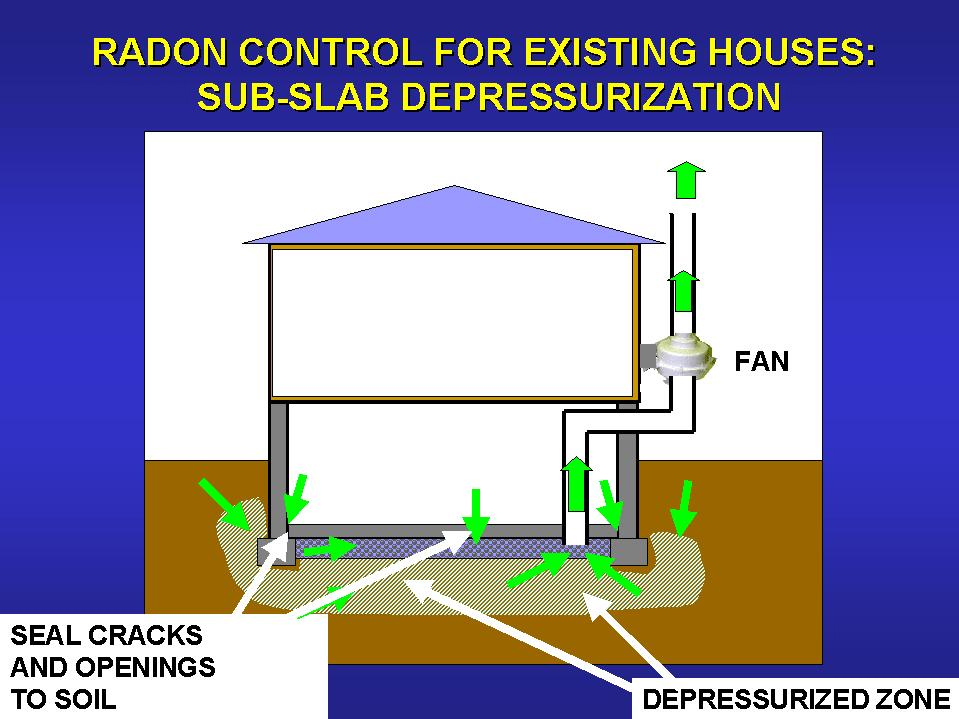
Northwest Radon Testing is known as the most trustworthy and reliable name for all things related to radon mitigation in Illinois. This is due to the fact that the company has been providing radon inspection services for a number of years, gaining a wealth of experience and expertise in the process. Contact us here.
One of the primary reasons for their reputation is their thorough approach to testing and inspecting mitigation systems. The company is often utilized to perform radon testing for real estate purchases and concerned home owners, but they also offer post-mitigation system tests to ensure that the system was installed following National Radon Proficiency Program (NRPP) guidelines and is functioning effectively.
This attention to detail and commitment to ensuring that radon mitigation systems are installed and functioning properly is what sets Northwest Radon Testing apart from other companies in the industry. By prioritizing the safety and health of their clients, they have earned a reputation as the go-to experts for radon mitigation in Illinois.
If you are looking for a mitigation specialist/installer, make sure to find them through the official NRPP website. Here is a direct link: https://nrpp.info/pro-search/

